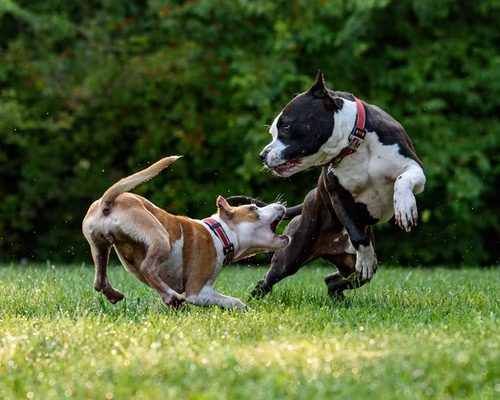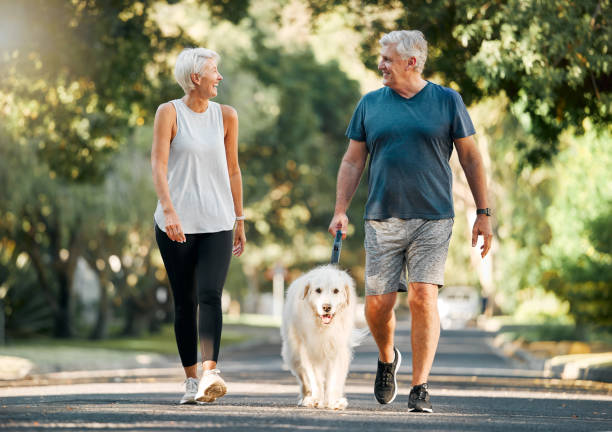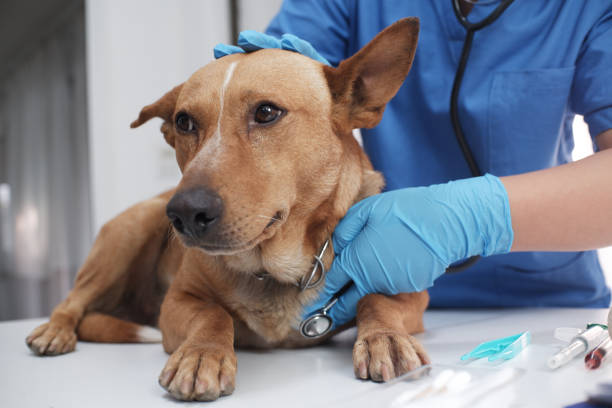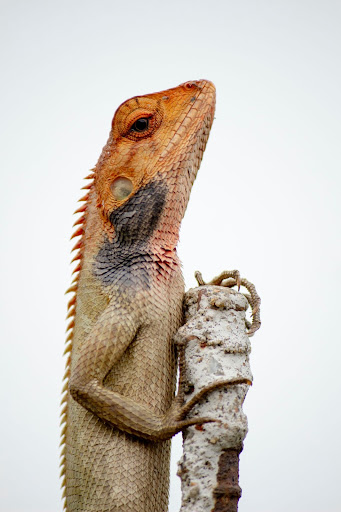7 Basic Tips For Handling An Injured Dog
If your dog is injured, it's important that you know how to handle the situation so your canine will receive the care s/he needs. An injured dog requires comfort, compassion and professional veterinary attention, but the first few hours are critical when handling a pet injury. Injuries can be life threatening if they aren't treated quickly. So we list some of the things you can do while waiting for their pet to come.
1.Protect yourself
There are two main reasons for protecting yourself when handling an injured dog. The first is that you may get injured, and the second is that your dog may become aggressive towards you.
The best way to protect yourself from getting hurt is by using a muzzle or a towel to wrap around the head of the dog. This will prevent them from biting you. More importantly, if your dog has been injured by another animal or person, there's a chance that its wounds have become infected. Dogs can carry rabies and other diseases that can be transmitted through saliva or blood.
It's important that you protect yourself from these diseases by washing your hands thoroughly with soap before and after handling your pet. Also make sure that any cuts or open sores on your body are covered while handling him so they don't come into contact with his mouth or other areas of his body.
2. Examine the pet
When your dog injures himself, it’s important that you examine him to make sure there are no other injuries. The first step in examining your dog is to feel for any swelling or heat around the injury. If you find any swelling or redness, call your veterinarian immediately.
Next, look at the wound itself. Is it bleeding? If so, apply pressure with a clean towel or cloth until the bleeding stops. Afterward, apply an antibiotic ointment to prevent infection and cover with a bandage. The bandage should be snug but not too tight — if your dog starts panting excessively or has difficulty breathing, loosen the bandage slightly until he is comfortable again.
If possible, take a photo of the injury before cleaning it up so that you can show it to the vet during your appointment.
3. Avoid frightening the pet
The reason for this is that a frightened dog may be more likely to bite. Even if you have no intention of harming the animal or even touching it, it may think otherwise and lash out. If this happens, the situation could quickly become very dangerous and lead to serious injury for both you and your pet.
The best way to avoid startling your pet is by keeping calm yourself. If possible, try using a gentle voice instead of raising it when trying to reassure or calm your dog down. The idea is not to frighten them further but to help them relax so they know they are safe with you and there's no need for them to worry about being hurt again.
4. Provide comfort
If your dog has been injured, they will likely be in pain and discomfort. They may be unable to move around or do anything that they normally enjoy doing. This can be extremely frustrating for them, and it's important that you help them feel better during this time by providing comfort.
One way to do this is by giving them a warm blanket or towel to snuggle up with. You can also give them treats, but make sure that they aren't too big since this could upset their stomachs since it may affect their situation in a negative way.
You can also talk to them and make your presence as comforting as possible. Since dogs are also emotional beings, they will feel how much you care for them. Just make sure that you are sincere and will not make your dog feel that he is being a burden to you.
5. Lift your pet carefully
If you've ever had to move your pet, you know how difficult it can be. Dogs are heavy, and they don't always like to be picked up or carried.
But when handling an injured dog, lifting them carefully is not only a good idea—it's essential. And you can do this by making sure that your dog is in a secure position before moving them. If they're lying down, prop their head up with pillows or blankets so that they don't choke on their tongue if they start to panic when they're being lifted. If they're sitting or standing, put them on a leash so that you have something to hold onto if anything goes wrong.
Once you've got them safely secured and ready for transport, grab underneath their chest near the front legs and slowly lift them up by straightening out your arms as much as possible while supporting most of their weight with your hands on either side of their body. This will allow them to get used to being held vertically instead of horizontally so that they don't feel like they're falling over while being moved around by someone who isn't quite as strong as they are!
6. Restrain your dog
This can be difficult and stressful for both parties, but it's necessary. In most cases, you should use a muzzle or a leash to accomplish this.
The first thing to consider is what kind of damage your dog has sustained. If it has a broken leg or dislocated shoulder, it may not be able to move very well at all. In this case, you should try to keep it calm while applying direct pressure to the area in question and waiting for help.
If your dog has suffered some other kind of injury that doesn't require immediate medical attention (such as a sprain or bruise), then you may be able to restrain him yourself with just a leash or muzzle. You may have to hold him down, but if he's calm enough not to struggle too much then he should be fine until help arrives.
7. Call a veterinarian
In the event of an emergency, it's important to call a veterinarian as soon as possible. This is because they have experience in treating dogs. Veterinarians have been working with animals for years now and they know what they are doing when they treat any animal. In fact, they know how to handle almost all kinds of injuries that dogs can have.
Vets also know what type of treatment is best for the condition of your dog. They will assess the situation and determine the best way to treat it so that your pet can get better quickly.
More importantly, veterinarians can give advice on how to help keep your pet safe from future injuries by giving you tips on how to train them properly and provide them with healthy food choices. This way, you will be able to keep them safe from getting hurt again anytime soon!
Even the most well trained dogs can sustain an injury. It's important to pay attention to your dog's body language and vocalizations, as these can give you clues that something is wrong. If you're unsure about what's going on, it's always best to play it safe, seek out a vet, and do whatever he or she recommends.
For more helpful and informative insights, visit here.





